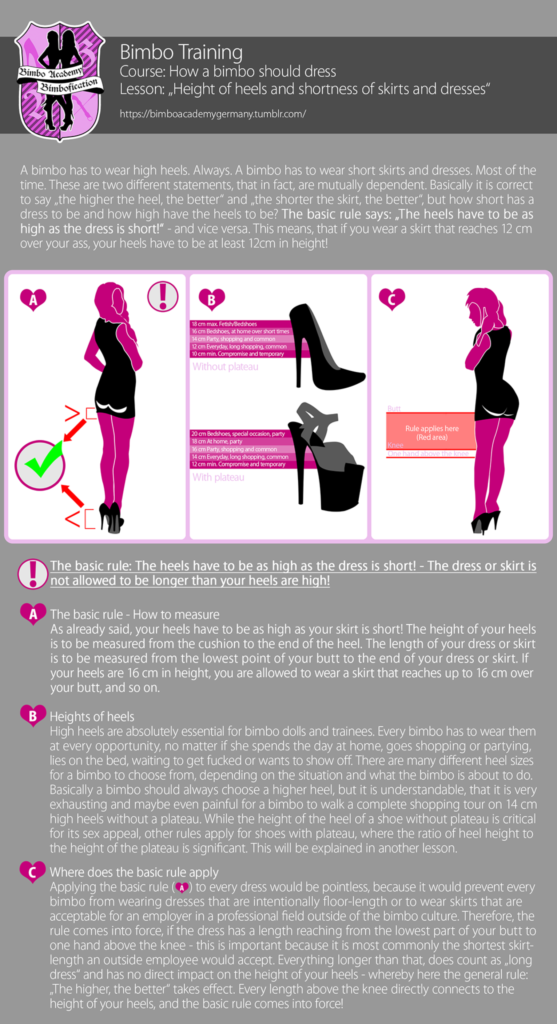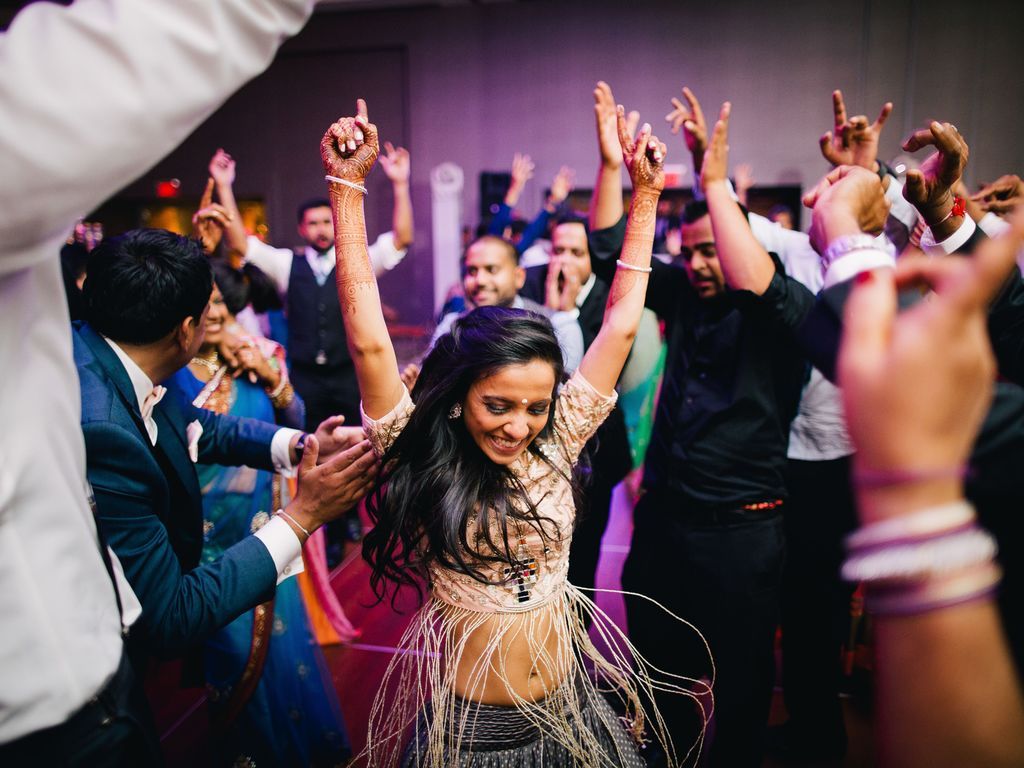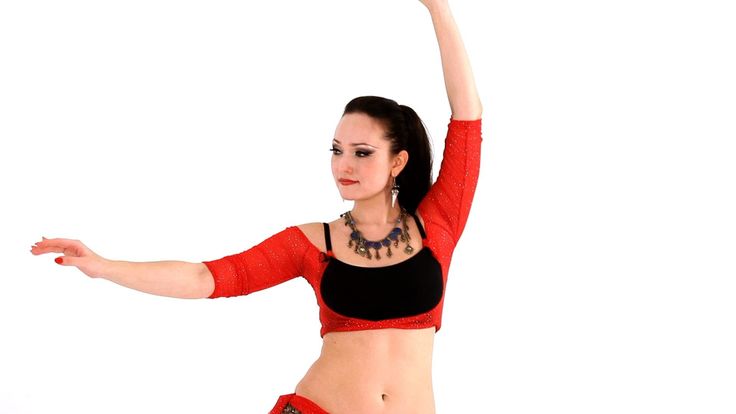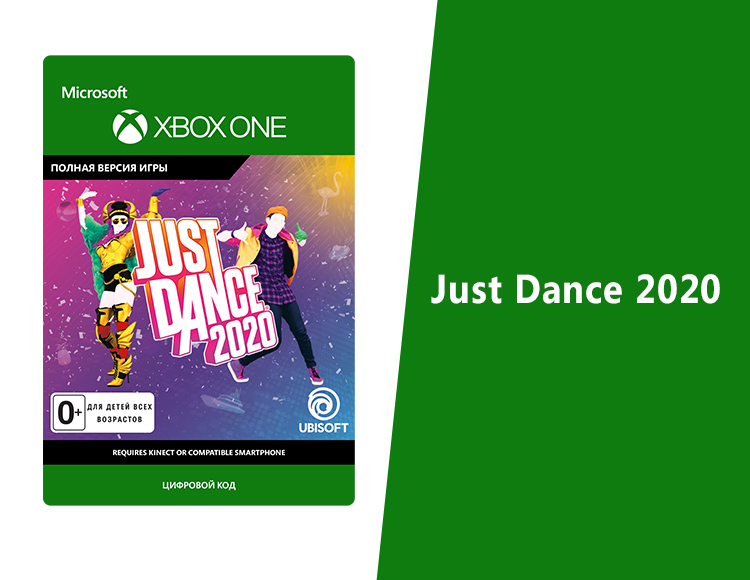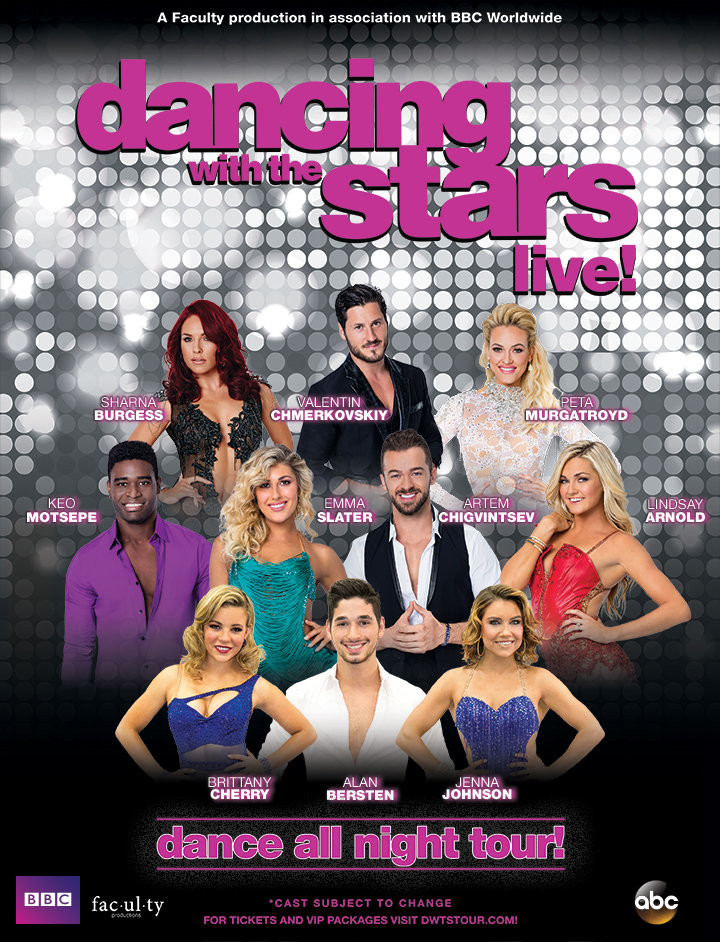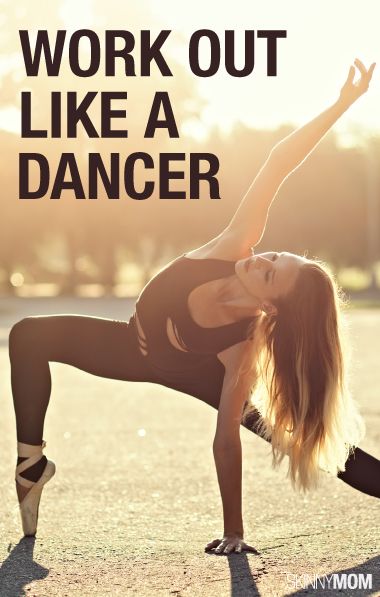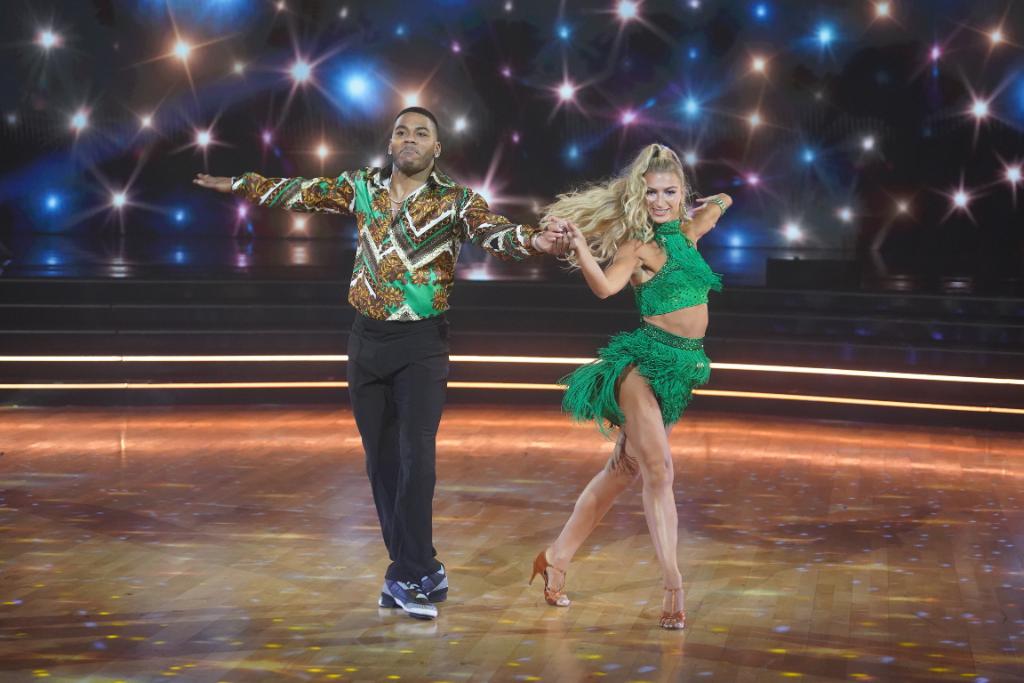How to become a dance performer
How to Become a Dancer or Choreographer | Career Girls
Career Clusters: Arts, Audio/Video & Communications
What you need to know
Overview
Dancers and choreographers use dance performances to express ideas and stories. There are many types of dance, such as ballet, hip hop, tango, modern dance, tap, and jazz.
What is a dancer choreographer?
Schedules for dancers and choreographers vary with where they work. During tours, dancers and choreographers have long workdays, rehearsing most of the day and performing at night.
Choreographers who work in dance schools may have a standard workweek when they are instructing students. They also spend hours working independently to create new dance routines.
Some of the things a dancer might do:
- Audition for a part in a show or for a job within a dance company
- Learn complex dance movements that entertain an audience
- Rehearse several hours each day to prepare for their performance
- Study new and emerging types of dance
- Work closely with instructors, choreographers, or other dancers to interpret or modify their routines
- Attend promotional events, such as photography sessions, for the production in which they are appearing
Some of the things a choreographer might do:
- Put together moves in a sequence to create new dances or interpretations of existing dances
- Choose the music that will accompany a dance routine
- Audition dancers for a role in a show or within a dance company
- Assist with costume design, lighting, and other artistic aspects of a show
- Teach complex dance movements
- Study new and emerging types of dance to design more creative dance routines
- Help with the administrative duties of a dance company, such as budgeting
Watch this video to learn more from our dancer and choreographer role models:
What skills are needed?
- Athleticism: Successful dancers must have excellent balance, physical strength, and physical dexterity so that they can move their bodies without falling or losing their sense of rhythm.
- Creativity: Dancers need artistic ability and creativity to express ideas through movement. Choreographers also must have artistic ability and innovative ideas, to create new and interesting dance routines.
- Leadership skills: Choreographers must be able to direct a group of dancers to perform the routines that they have created.
- Persistence: Dancers must commit to years of intense practice. They need to be able to accept rejection after auditions and to continue to practice for future performances. Choreographers must keep studying and creating new routines.
- Physical stamina: Dancers are often physically active for long periods, so they must be able to rehearse for many hours without getting tired.
- Teamwork: Most dance routines involve a group or pairs, so dancers must be able to work together to be successful.
Watch this video to learn more from our dancer and choreographer role models:
What is the pay?
The average pay for dancers and choreographers in the United States ranges from $10. 04 per hour to $47.62 per hour as of May 2021.
04 per hour to $47.62 per hour as of May 2021.
The specific pay depends on factors such as level of experience, education and training, geographic location, and specific industry.
What is the career outlook?
Employment of dancers and choreographers is projected to grow 31 percent from 2020 to 2030, much faster than the average for all occupations.
Many of the new jobs for these workers are expected to be in private dance schools.
A continued interest in dance and in pop culture also should provide new opportunities in venues outside of dance companies, such as TV or movies, casinos, and theme parks.
Dancers who attend schools or conservatories associated with a dance company may have a better chance of finding work at that company than other dancers have.
What education is required to become a dancer choreographer?
Many dancers begin training when they are young and continue to learn throughout their careers.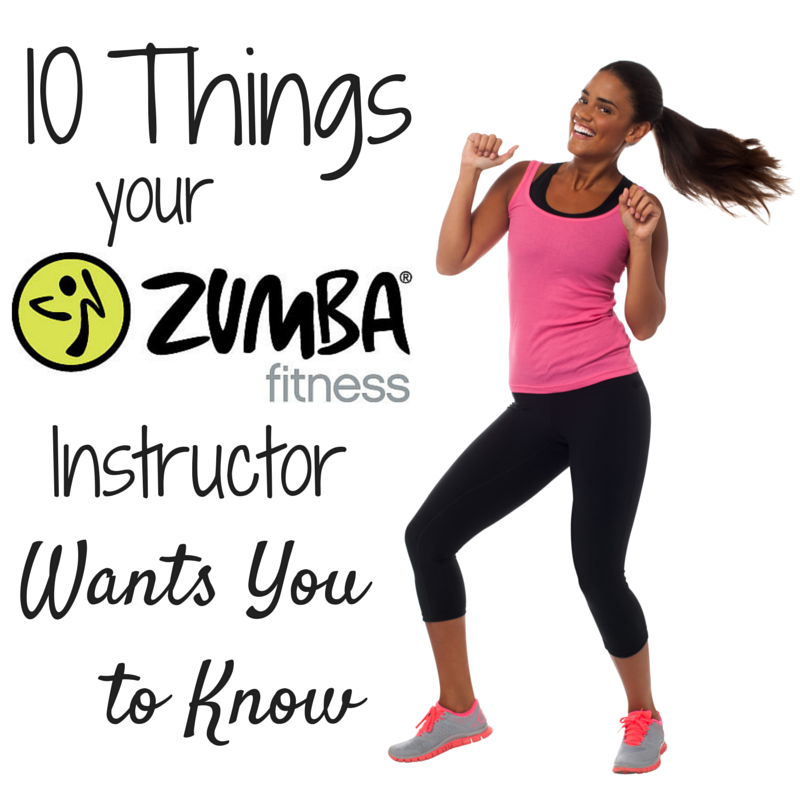 Ballet dancers begin training the earliest, usually between the ages of 5 and 8 for girls and a few years later for boys. Their training becomes more serious as they enter their teens, and most ballet dancers begin their professional careers by the time they are 18.
Ballet dancers begin training the earliest, usually between the ages of 5 and 8 for girls and a few years later for boys. Their training becomes more serious as they enter their teens, and most ballet dancers begin their professional careers by the time they are 18.
Some dancers and choreographers pursue postsecondary education. Many colleges and universities offer bachelor’s and/or master’s degrees in dance, typically through departments of theater or fine arts. Most programs include coursework in a variety of dance styles, including modern dance, jazz, ballet, and hip-hop. Most entrants into college dance programs have previous formal training.
Some choreographers work as dance teachers. Teaching dance in a college, high school, or elementary school requires a college degree. Some dance studios and conservatories prefer instructors who have a degree; however, they may accept previous work in lieu of a degree.
Discover some of the courses you will take pursuing a degree in Dance.
Watch this video to learn more from our dancer and choreographer role models:
Related Role Models
-
Dancer
-
Ballerina
-
Dancer and Filmmaker
-
Dancer Choreographer
-
Dancer Choreographer
-
Dancer
-
Dancer Choreographer
-
Ballerina
-
Dancer Choreographer
-
Dancer Choreographer
-
Dancer Choreographer
Go to Community
Cookies help us provide, protect and improve our products and services.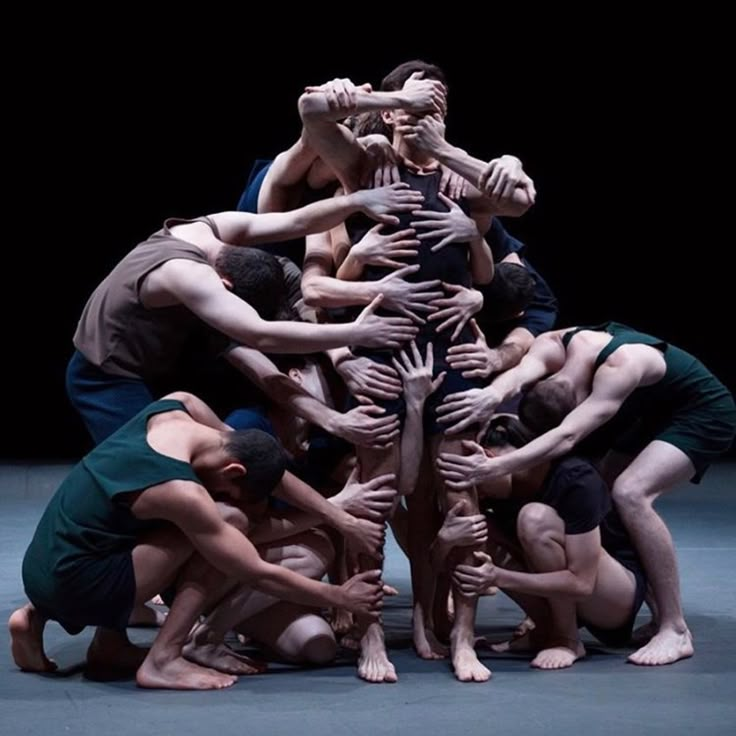 By using our website, you agree to our use of cookies. View our Privacy policy.I Agree
By using our website, you agree to our use of cookies. View our Privacy policy.I Agree
5 Ways to Become a Better Dance Performer
What is performance quality in dance?
With competition, concert, and recital season coming up fast, chances are that you will be hearing a lot of feedback about your performance quality from your dance teachers. Performance quality in dance is a broad term that could be used to describe a lot of different aspects of dance performance. Generally, when dance teachers talk about dance performance, they are referring to the parts of dance performance that are outside of dance technique and the mechanics of actually doing the movement. Performance quality refers to the way that the movements are performed, and how the performance of them helps convey the choreographers’ creative intention to the audience.
To become a better dance performer, you will need to work on your performance quality. In this blog post, I will share 4 essential elements of performance quality, as well as strategies that will help you become a better dance performer.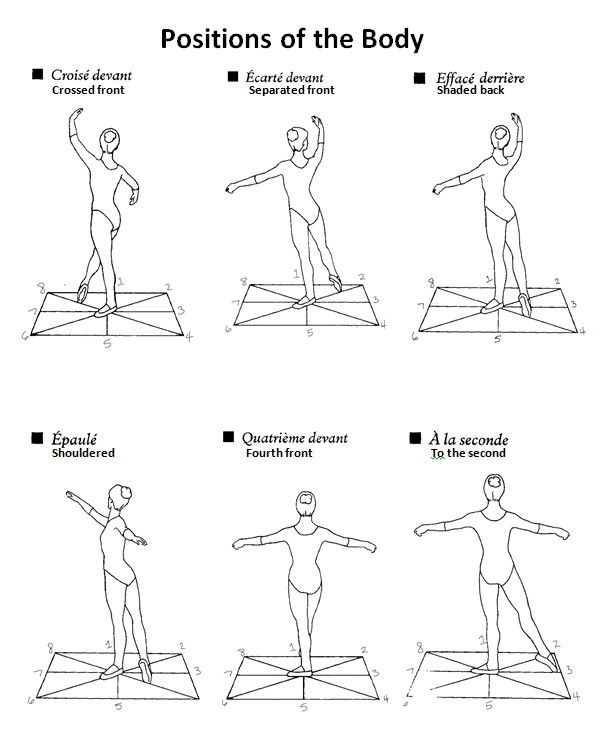
What elements make a good dance performer?
Some things that dance teachers may be referring to when they talk about performance quality in dance are:
- Musicality – Musicality in dance generally refers to how a dancer expresses the music in their body. Musicality includes basic things like staying on the beat and following the rhythm of the music. But it also covers more nuanced aspects of dance performance like connecting your movement with the mood of the music, highlighting accents in the music with your movement choices, and conveying all parts of the music with your dance performance, not just the top-lying melody.
- Character Development – Every time we give a dance performance, we are portraying a character of some kind. Sometimes, we are given a clear understanding of who are character is, such as Odette and Odile in the ballet Swan Lake, or a Jet or a Shark in the musical West Side Story.
 Other times, our characters may be more subtle. We may not be given a name and backstory, but we will likely have a mood, theme, or message to convey to the audience. These all become part of our character, whether we are imaging that we are someone else on stage, or portraying a version of ourselves who is embodying a particular situation or emotion through our dance performance.
Other times, our characters may be more subtle. We may not be given a name and backstory, but we will likely have a mood, theme, or message to convey to the audience. These all become part of our character, whether we are imaging that we are someone else on stage, or portraying a version of ourselves who is embodying a particular situation or emotion through our dance performance. - Connection – Even when we are performing a solo piece, dance is all about making connections. How you connect with your fellow dancers on stage can make a huge difference when you are performing duets and group dances. Making connections with your audience is also an important part of dance performance. Many dance researchers have described the concept of “kinetic empathy,” or the fact that audience members can feel like they are participating in the dancers’ movements and experience the feelings and ideas that the dancer is trying to convey.
- Expression – As a dancer, you’ve no doubt been told to “use your face!” or “smile!” while performing your dances.
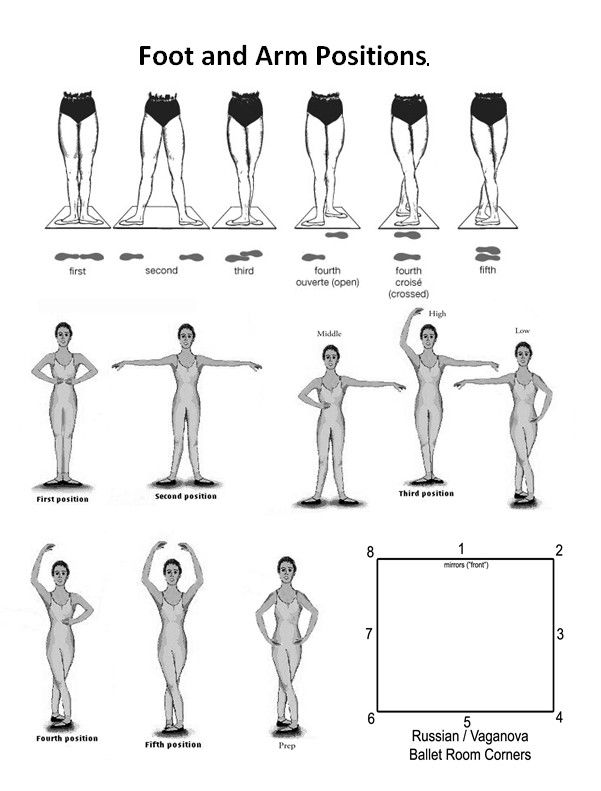 Our facial expressions are definitely an important part of dance performance. But there is so much more to expression in dance performance than just our what’s happening on our face. You must be able to express feelings, moods, and character traits with your whole body, not just your facial expression, in order to become a better dance performer.
Our facial expressions are definitely an important part of dance performance. But there is so much more to expression in dance performance than just our what’s happening on our face. You must be able to express feelings, moods, and character traits with your whole body, not just your facial expression, in order to become a better dance performer.
Strategies for becoming a better dance performer
If you would like to become a better dance performer, it is important to look at all four aspects of dance performance: musicality, character development, connection, and expression. Following the tips below will help your improve your skills in each of these areas, allowing you to become a better dance performer:
Listen to your music oftenTo become a better dance performer, it is important to listen deeply to your music in and out of the dance studio. Actively listen and pay attention to the music as you are rehearsing your choreography – don’t just let it play “in the background” while you dance. You should listen to your music while you are not dancing, as well. Play the music while you are getting ready for school, in the car, or as you do your chores, and also find quiet times to sit and listen to the music without distractions. As you become more familiar with the music’s nuances, layers, and complexities, your musicality will improve and you will become a better dance performer.
You should listen to your music while you are not dancing, as well. Play the music while you are getting ready for school, in the car, or as you do your chores, and also find quiet times to sit and listen to the music without distractions. As you become more familiar with the music’s nuances, layers, and complexities, your musicality will improve and you will become a better dance performer.
To successfully portray a character in a play or movie, an actor must prepare their backstory and motivation. Similarly, a dancer must also develop their character in order to become a better dance performer. Knowing who our character is and what they want they can make our dance performance more believable and relatable for the audience. Ask yourself the following questions:
- Who am I supposed to be?
- What are my likes and dislikes?
- How did I get to this moment in my story? What past experiences have shaped who I am now?
- What am I feeling as I tell my story through my dance?
- What is my relationship to the other dancers onstage, and the audience?
- What do I want the audience to know or feel?
- What do I want the other dancers on stage to know or feel?
- How do I feel about the story I am telling through my movement?
- What do I hope to accomplish, achieve, or get in my story? How can I accomplish, achieve, or get it?
- What was I doing in my story right before I started dancing?
- What will I be doing in my story when I go offstage ay the end of the dance?
There are many things that can distract you during your dance performance: stage fright and performance anxiety, worry over a big trick or technical element, technical issues like music that’s too soft or costume malfunctions, rowdy or inattentive audiences, and more.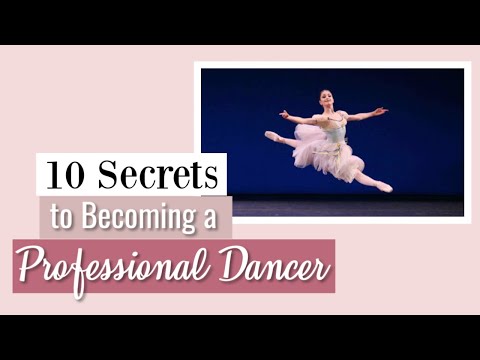 But to become a better dance performer, you must learn to overcome distractions and remain present and open on stage. Try to dance “in the moment” on stage, without reflecting on past performances, worrying about how you will score, or wondering what the audience thinks. This allows you to make more genuine connections with the audience and the other dancers on stage with you. Some helpful ways to be present on stage are to make eye contact with other dancers or audience members, listen deeply to the music, think about your transitional movements and preparations instead of tricks, and to concentrate on your breathing and how your breath connects to your movement.
But to become a better dance performer, you must learn to overcome distractions and remain present and open on stage. Try to dance “in the moment” on stage, without reflecting on past performances, worrying about how you will score, or wondering what the audience thinks. This allows you to make more genuine connections with the audience and the other dancers on stage with you. Some helpful ways to be present on stage are to make eye contact with other dancers or audience members, listen deeply to the music, think about your transitional movements and preparations instead of tricks, and to concentrate on your breathing and how your breath connects to your movement.
The best way to help yourself be present and open onstage is to be prepared – overly prepared, in fact! In addition to knowing your music intimately, it is also important to know your choreography so well that you don’t need to think about it on stage. This allows you to get “out of your head” as you dance, which will make you a better dance performer.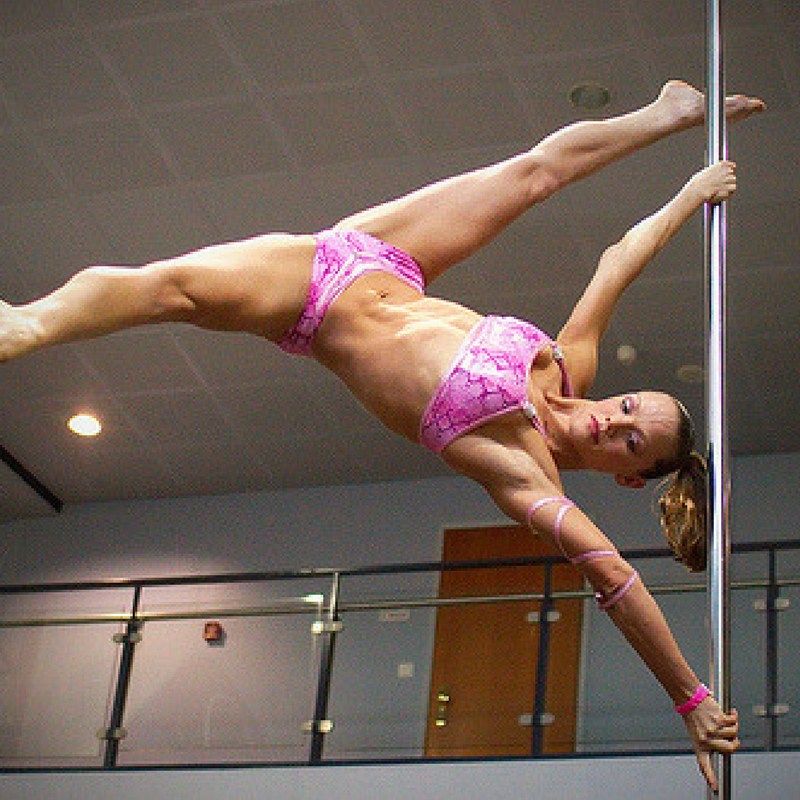 Practice your dance often, with and without the mirror, with and without the music, with and without an audience. In addition, you can try writing down the choreography, making doodles of the formations and pathways through space, saying the steps and movements out loud, and teaching your dance to other people. All of these practices will help ensure that you know your choreography so well that you can perform it at your best every time – no matter what distractions may arise!
Practice your dance often, with and without the mirror, with and without the music, with and without an audience. In addition, you can try writing down the choreography, making doodles of the formations and pathways through space, saying the steps and movements out loud, and teaching your dance to other people. All of these practices will help ensure that you know your choreography so well that you can perform it at your best every time – no matter what distractions may arise!
To become a better dance performer, it is important to get input from your choreographer about their creative intention, that is, the theme, message, mood, or story they are trying to convey in their choreography. Sometimes, a choreographer will be upfront about their creative intention and fill you in from the beginning. Other times, they may focus on the movement and form first, and leave the message to come through at the end. If you are ever unclear about the theme, message, mood, or story that the choreographer is going for, be sure to ask them! They can help you better understand your role in presenting their creative intention to the audience, and give you advice on how your can improve your dance performance in their work.
If you are ever unclear about the theme, message, mood, or story that the choreographer is going for, be sure to ask them! They can help you better understand your role in presenting their creative intention to the audience, and give you advice on how your can improve your dance performance in their work.
Often, we are the thing standing in our own way when it comes to becoming a better dance performer. We let self-consciousness and concerns that we aren’t “good enough” prevent us from giving our best performance. We compare ourselves to others, and let feelings of inferiority get in our way. We worry that we’ll look silly or appear to over the top if we fully commit to giving our best dance performance. In order to become a better dance performer, you must give yourself permission to express yourself authentically without fear or self-consciousness.
What are your favorite tips for becoming a better dance performer? Share in the comments so we can learn from one another!
More resources to help you become a better dance performer
Dance students: Give yourself an advantage in your dance training with these Goal-Setting Worksheets and Dancer Journaling Prompts! These one of a kind tools will help you improve your dance technique, performance, and overall well-being – in and out of the studio!
Dance teachers: Help your students improve their dance performance skills with the activities in this blog post: How to Help Your Dance Students Improve their Performance Skills.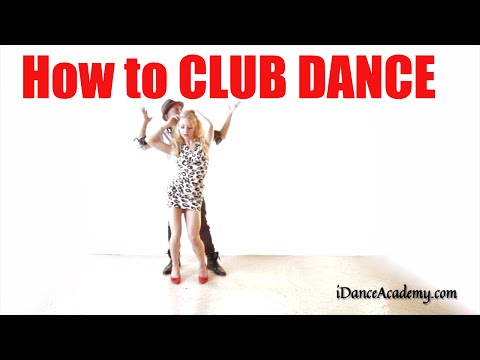 Discover new ways to incorporate creative and performance skills into your classes with this blog post: 5 Necessary Creative and Performance Skills to Teach Your Dance Students. Help your students grow in their dance artistry with The Holistic Collection of Dance Improvisation Prompts and Activities.
Discover new ways to incorporate creative and performance skills into your classes with this blog post: 5 Necessary Creative and Performance Skills to Teach Your Dance Students. Help your students grow in their dance artistry with The Holistic Collection of Dance Improvisation Prompts and Activities.
Visit my Resources page for tools that support a holistic teaching and creative practice, sign up for my monthly newsletter, or join me on Facebook at The Holistic Dance Teacher
where to study, salary, pros and cons
Author: ProfGuide
Updated
Dancer is a person of art who performs rhythmic movements to music, taking part in theatrical performances, shows. The profession belongs to the type “a person is an artistic image”, it requires excellent self-discipline and, of course, talent. Children who distinguish literature, physical education, music and singing from all school subjects can become dancers. By the way, the ProfGid career guidance center has recently developed an accurate career guidance test that will tell you which professions suit you, give an opinion about your personality type and intelligence. 9Ol000
By the way, the ProfGid career guidance center has recently developed an accurate career guidance test that will tell you which professions suit you, give an opinion about your personality type and intelligence. 9Ol000
Brief description
This profession has a rich history and is closely associated with the arts. However, the success of dancers by more than 50% depends on dedication, endurance, self-discipline. A specialist can work independently, performing solo choreographic numbers, it is also worth highlighting pair and collective dances. There are a lot of types and techniques of this art direction:
- ballet;
- pop and folk dance;
- historical dance and others.

See also:
Also distinguish styles such as street jazz, hip-hop, R'n'B, contemporary dance, street dance, etc. Dancers choose the style and type of performing arts based on their physical abilities, temperament, personal preferences. On stage, they create artistic images, convey emotions, making the hearts of the audience tremble.
Features of the profession
Anyone can become a professional dancer, but it is worth starting training in childhood. Choreographers recommend giving children to dance studios at the age of 3-7 years, which will allow them to develop good posture, plasticity, stretching, a sense of rhythm and other skills necessary for professional performance. Dancers most often work in 1-2 overlapping styles, they pay special attention to training and rehearsals, maintaining excellent physical shape. A career is short, because its peak is at the age of 15-25 years, and after 30 years, most specialists change their field of activity. They can realize their talent and knowledge in other areas, working as directors, choreographers, school teachers.
They can realize their talent and knowledge in other areas, working as directors, choreographers, school teachers.
Dancers independently or under the guidance of a choreographer create performances: choice of music, sequence and rhythm of movements, costumes and image, facial expressions, plasticity. Before performing the dance, they rehearse for a long time, honing their skills. Many members of this profession often travel around their home country and travel abroad, where they give concerts. The activity is associated with certain difficulties, which leaves an imprint on the lifestyle and character of the dancer.
Pros and cons of the profession
Pros
- Excellent physical development, because dancing strengthens the body and willpower.
- Opportunity to work on the best stages.
- Talented dancers achieve success quickly.
- The profession is interesting, active and ambitious people will like it.

- Opportunity to earn income from various sources, because dancers work alone or in pairs, can take part in private productions, star in music videos.
- Useful business connections in the world of art.
- The opportunity to change the field of activity, because dancers often open schools, give private lessons, work as choreographers - the choice of directions is huge.
Cons
- High injury rate.
- Serious injuries can put an end to a professional career.
- Short career period.
- Very high competition.
See also:
Important personal qualities
Dancers have excellent plasticity, but in this profession not only technical performance is important, but also emotionality. The dancers convey the idea of the performance with the help of movements, facial expressions, so they must be distinguished by well-developed artistry. Increased efficiency, resistance to physical stress and low pain threshold are very important, because rehearsals and performances often end with sprains, dislocations and other minor injuries.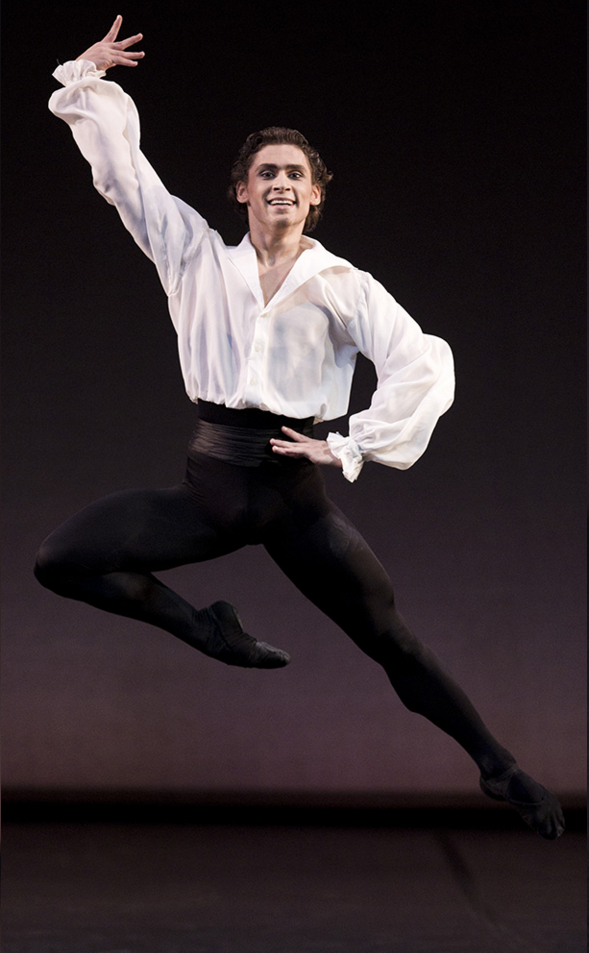 Only those people who do not suffer from laziness, negligence, and excessive self-confidence ascend to the pinnacle of success.
Only those people who do not suffer from laziness, negligence, and excessive self-confidence ascend to the pinnacle of success.
Dance training
Professional education can be obtained in different institutions:
- schools and academies of choreography;
- dance studios;
- colleges;
- universities.
There are no special requirements for the education of a dancer, the level of his skill is determined during choreographic tests. It is worth starting training at a young age in order to reach a professional level. Let's consider the most interesting directions:
- "The art of dance (by type)", implemented in choreographic colleges and schools. You can start training after grades 7-9, which depends on the requirements of the college;
- The Art of Ballet. The direction of training is open in many creative colleges, studio schools, academies.
 Children who have completed the 4th grade of the school are invited to study.
Children who have completed the 4th grade of the school are invited to study.
You can also go to study at a university, choosing a specialty related to choreography, folk dance and other areas. Primary training can be obtained in public and private schools of choreographic art, during individual lessons.
Universities
-
4 years
90,000 ₽/year
12 budget places
-
4 years
158,100 ₽/year
23 budget places
-
4 years
65,000 ₽/year
8 budget places
-
4 years
200,000 ₽/year
16 budget places
Best Primary Schools
- Dance Quarter School.
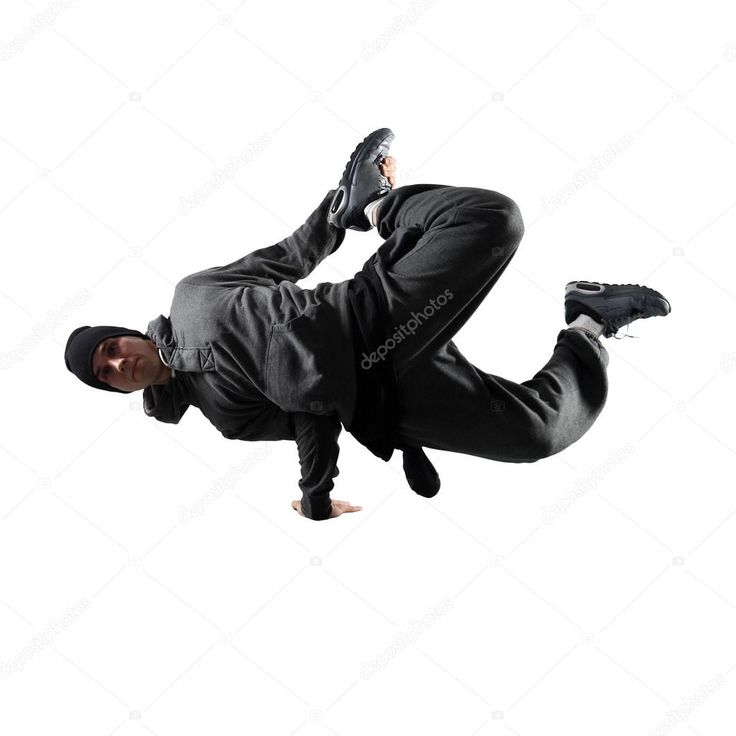
- School for children "Dancevaliya".
- State 27 Dance Studio.
Best colleges and academies for dancers
- ARB im. A. Ya. Vaganova.
- MGAH.
- MCU at the Moscow State Academy of Theater Arts "Gzhel".
- School-studio (school) at GAANT them. I. Moiseeva.
- KMTI them. G. P. Vishnevskaya.
Best universities
- IPCC.
- GITIS-RATI.
- MGAH.
- ARB them. A. Ya. Vaganova.
- Russian State University A. N. Kosygin.
- ISI.
- UGAI.
- SPbGUP.
- AGIIK.
- KemGIK.
See also:
Place of work
Dancers are in demand in theaters, film industry and organization of holidays and events. They can work as teachers, find vacancies in nightclubs, private groups - there are many options for employment.
Salary
There is no exact tariff rate in this segment, because everything depends on the style in which the dancer works, personal qualities, education, reputation and experience.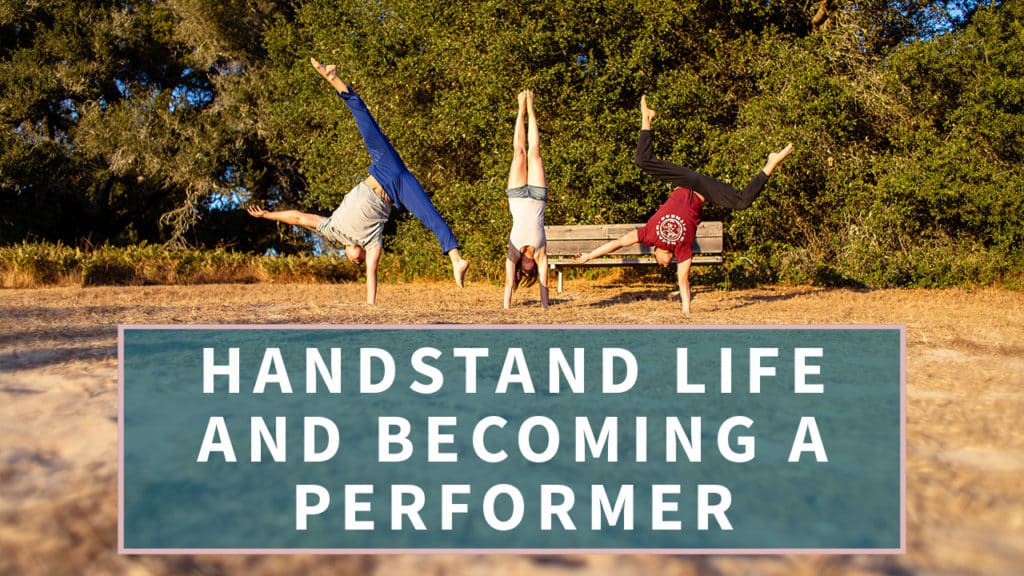 Dancers can receive a fixed salary or fees for each performance, lesson.
Dancers can receive a fixed salary or fees for each performance, lesson.
Dancer's salary for December 2022
Salary information provided by hh.ru portal.
Russia 20000–160000 RUB
Moscow 40000–60000 RUB
Professional knowledge
- Classical choreography.
- Acting.
- Fundamentals of physical training.
- Art History.
- Foreign languages (for professionals who work abroad).
Famous dancers
- Karen Hardy.
- Ekaterina Krysanova.
- Yankovsky Vyacheslav Vyacheslavovich.
See also:
Examples of companies with vacancies as a dancer
ᐅ How to become a dancer | How do they become dancers?
Many people dream of working as a professional dancer, imagining fame, popularity and brilliance of spotlights. But how to become a dancer, what is needed for this? Let's find out!
To begin with, it is worth understanding that this is, first of all, hard work, and only a few are given to break onto the stage.
The profession of a dancer requires good physical shape and long training sessions.
Contents:
- How to become a dancer?
- How do you become a dancer from scratch?
- Schools where one becomes a dancer
- How to become a dancer without education?
- How to become a good and successful dancer?
How to become a dancer?
Anyone can become a dancer. This does not require special education, somewhere to study, and all that is needed is to experience the pleasure of dancing. But that's if it's a hobby. Amateur and professional dancing, pleasure and work as a dancer are very different concepts.
I dream of becoming a professional dancer. How do they become dancers in general, what do you need to know and be able to do, how to start?
Unfortunately, and maybe fortunately, not all become successful dancers.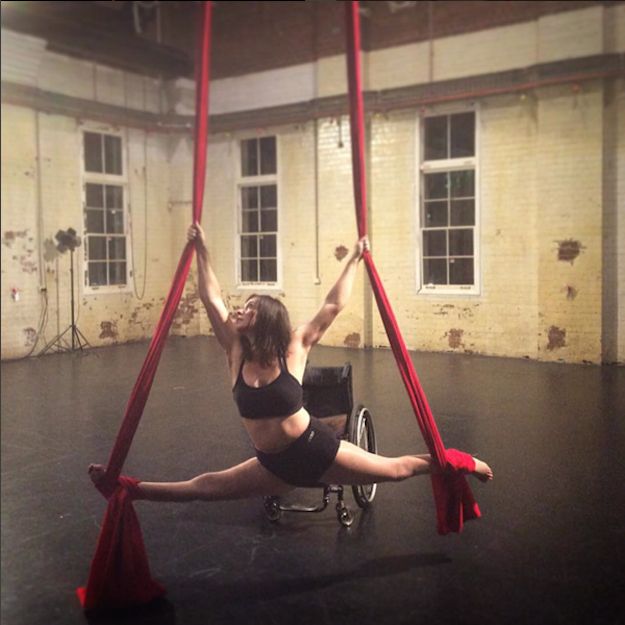 To do this, you need not only to love to dance, but also to have a confident and strong desire to improve, overcoming difficulties.
To do this, you need not only to love to dance, but also to have a confident and strong desire to improve, overcoming difficulties.
In order to reach the top in the profession, it is not so much external data that is important, but attitude to business and diligence. With these qualities, you can become a good dancer, whose performances are pleasant to watch the audience.
How do you become a dancer from scratch?
In order to become a dancer from scratch, you need to be sure that this particular job will become the work of a lifetime. Such a creative profession requires complete dedication and the ability to express vivid emotions.
In addition, you need to prepare physically and develop endurance. After all, rehearsals last many hours and take place almost every day.
Before you start mastering the profession, you need to decide on the style.
There are a huge number of them, and it is important to choose the most suitable one for yourself. When choosing, it is worth considering personal preferences and your level of physical fitness. For confidence, you can rehearse in front of a mirror.
When choosing, it is worth considering personal preferences and your level of physical fitness. For confidence, you can rehearse in front of a mirror.
Schools for becoming dancers
You can become a dancer after receiving a special education. To do this, you need to enter an art college or university. They are accepted here on the basis of nine and 11 classes, depending on the direction.
To enroll in a group, you need to pass a creative competition, for which you should prepare well. You also need to be ready to provide the results of the exam in Russian and literature. The exact list of subjects required for admission can be clarified at the educational institution.
Training to be a dancer in an educational institution is not yet a guarantee that you can become one.
Getting a professional education on the basis of a college or university will not yet give you the opportunity to become a dancer, but it is an opportunity to acquire all the necessary knowledge and skills.
Experienced teachers will help you develop your talent and fully reveal your creative potential. They will point out mistakes and help correct them. But a lot depends on the student. Therefore, the educational institution itself will not make you a dancer, it will only give you an opportunity.
For example, while studying, students have the opportunity to participate in many competitions and festivals, which will help them test their strength and even get a job offer.
How to become a dancer without education?
Many people become dancers without special education. For this profession, attitude and talent are much more important. If a person truly loves to dance and develops his abilities, then he will be able to achieve considerable success. It is important to understand that a couple of hours of training three times a week is not enough to become a professional dancer. You have to work hard and hone your skills.
For beginner dancers, it is not so much the technique of performance that is important, but the development of endurance and the ability to express their emotions through body language.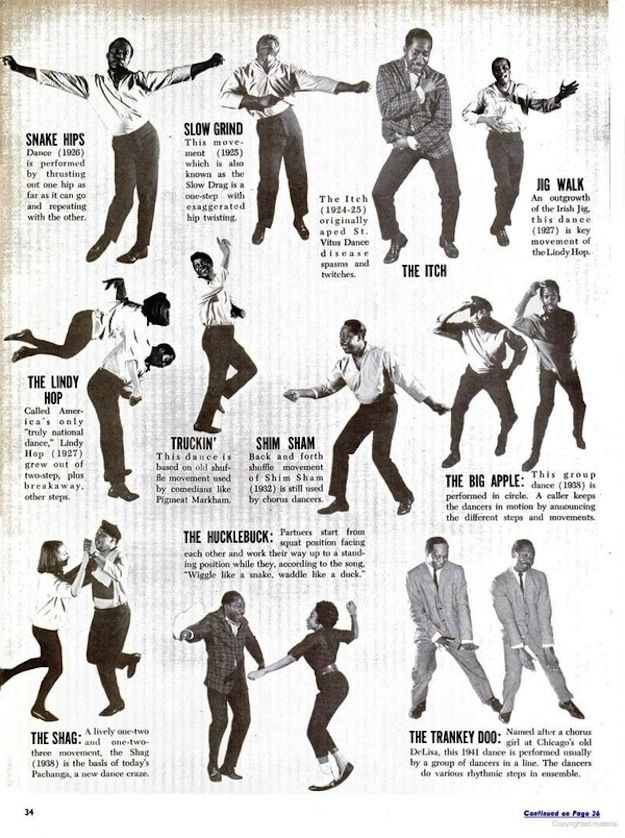 The presence of charisma and a bright personality distinguishes a good dancer from the rest. You need to be ready for constant hard training and strictly follow the regimen.
The presence of charisma and a bright personality distinguishes a good dancer from the rest. You need to be ready for constant hard training and strictly follow the regimen.
You can learn to dance professionally if you have good skills on your own. But it is better to seek help from professionals. To do this, there are many circles, courses and dance schools. There, in a fairly short time, you can master a certain dance style. Regular classes with a dance teacher will help develop physical endurance, learn basic dance moves, and develop talent in yourself.
Members of clubs and dance schools often get the opportunity to participate in competitions and perform at concerts. This has a positive effect on emotional mood, increases confidence and gives you the opportunity to express yourself. Achievements in competitions will be a great addition to the portfolio of a novice dancer.
How to become a good and successful dancer?
In order to succeed and shine on stage, you will have to make a lot of effort. The most important qualities of a good dancer are charisma, perseverance and hard work.
The most important qualities of a good dancer are charisma, perseverance and hard work.
The main thing is to choose this profession consciously and remember that behind the beauty and brilliance of dancers' performances there are constant training and heavy workloads.
And as mentioned above, one cannot become a dancer overnight, without proper preparation. You need to play sports and follow the necessary regimen. Only thanks to this, professional dancers cope with difficult numbers and exhausting rehearsals.
It is important to choose the most appropriate dance style for you. You can master it perfectly by completing training as a dancer in a professional educational institution. And for people who want to learn how to dance without going to college or university, there are many options for circles, courses and dance schools.
In any case, learning to dance professionally is much easier with a teacher. It will help you master all the dance moves and learn how to beautifully express emotions on stage with the help of dance.